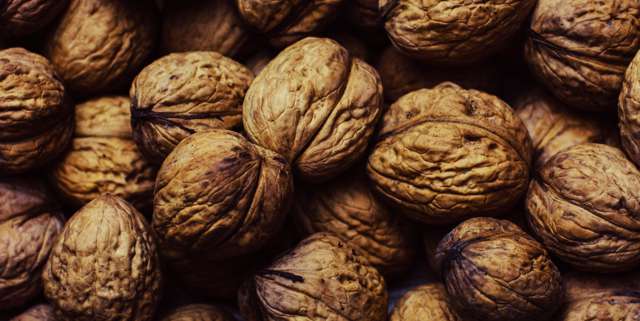
The color of nuts can be an important indicator of taste and quality. Image Source: Pexels user Tookapic
Nuts have served as an important food source across the world for thousands of years. While the consumption of wild nuts is believed to have been common in a number of ancient cultures, nuts were also “one of the earliest cultivated foods,” playing an important part in the move toward agricultural societies and serving as a stable nutrient source for early civilizations.1 In some cultures, the value of nuts was so great that they came to be regarded as sacred symbols and spiritual nourishment.
Today, it can be easy to forget the critical historical and cultural roles nuts have played. However, they still serve as a desirable food source due to their delicious taste and nutritional value, making them attractive to both health-conscious consumers and those craving a treat. In fact, the popularity of some nuts, particularly almonds, is growing due to the spread of vegetarianism and veganism as well as changing perceptions of the healthiness of fat.2
But while nuts are widely sought after, producers must take steps to ensure the best taste, quality, and visual appeal in order to attract and keep customers. This requires rigorous quality control protocols that can detect undesirable raw materials and incorrect processing, particularly in roasted and cooked nuts. Spectrophotometric color measurement plays an essential role in the implementation of such quality control measures, providing operators with the critical information necessary to create the best possible products.

Spectrophotometric color measurement at appropriate processing points is critical to obtaining meaningful color data. Image Source: Unsplash user Annie Spratt



